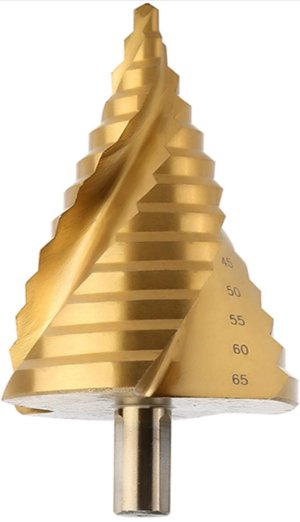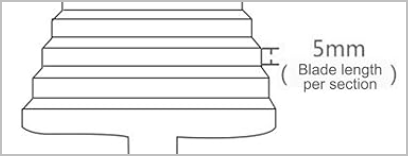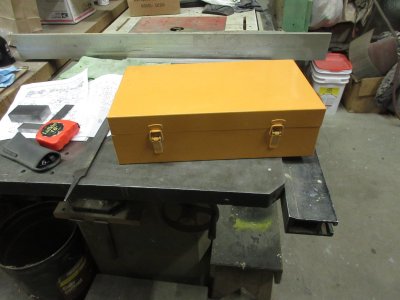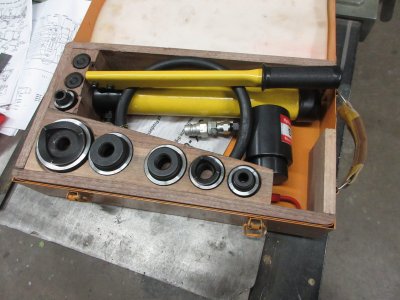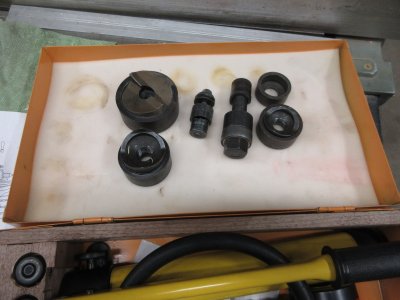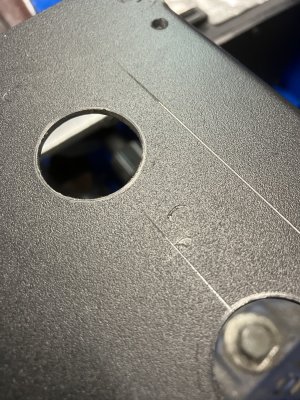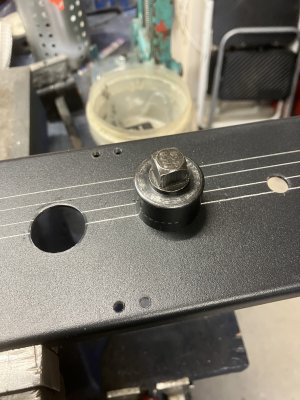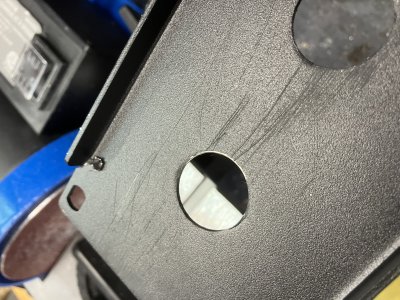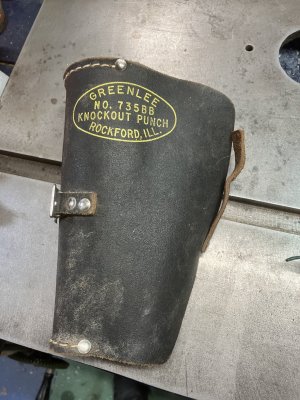This thread is a derivative of my indexable boring head thread from a week or so back.
I had been trying to bore a hole with indexed bar, but had to use my old vertical dovetail mill - that is simply not rigid enough to effectively maintain sufficient accuracy. I deferred the project to pilot drill and chucking tapered reamers to try to get round and accurate holes in 0.090 5052 sheet that I will connect up into slots by milling between holes.
I had been in the process of moving my reamers from outer (unheated) shop into a new set of drawers beside machine tools, and did a full inventory of the adjustables, expandables, hand, chucking and tapered stuff - only to find that the C2 tapered I needed was missing. Most of my reamers were bought decades ago by walking into tool shops and buying out of inventory. I spent a full day going from place to place in YXE and nobody had such a tool but by far more worrying had any clue that a chucking reamer is NOT a hand reamer and that tapered reamers exist in a series of progressive sizes!!! I ended up going to KBC to buy (from stock) on line.
I know I am shouting at the world the get the fxxk off of my lawn, but are others seeing this degradation of service in their areas?
I had been trying to bore a hole with indexed bar, but had to use my old vertical dovetail mill - that is simply not rigid enough to effectively maintain sufficient accuracy. I deferred the project to pilot drill and chucking tapered reamers to try to get round and accurate holes in 0.090 5052 sheet that I will connect up into slots by milling between holes.
I had been in the process of moving my reamers from outer (unheated) shop into a new set of drawers beside machine tools, and did a full inventory of the adjustables, expandables, hand, chucking and tapered stuff - only to find that the C2 tapered I needed was missing. Most of my reamers were bought decades ago by walking into tool shops and buying out of inventory. I spent a full day going from place to place in YXE and nobody had such a tool but by far more worrying had any clue that a chucking reamer is NOT a hand reamer and that tapered reamers exist in a series of progressive sizes!!! I ended up going to KBC to buy (from stock) on line.
I know I am shouting at the world the get the fxxk off of my lawn, but are others seeing this degradation of service in their areas?

